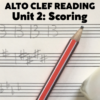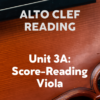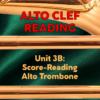Saturday, 4 January 2013
A very exciting day. It’s hard to complain about a day that starts good, flows well, and ends great. Today I decided to orchestrate Tubular Bells, and I made it all the way through 128 bars and 3.5 minutes.
I was helped enormously in this by the semi-orchestral nature of the work. It’s already interestingly constructed and intriguingly textured. Realizing those textures orchestrally was easy, because the approach reaches down to my roots as a listener of that genre, knowing the song inside and out, and hearing exactly what I needed to do from the start.
There are a few other arrangements of this work out there, including an orchestral version that doesn’t use piano to hold down the repeating pattern. I feel this is a mistake – the music ends up losing that Percy Grainger-esque quality of punctuated motion. Luckily, the music director of this show is going to be the keyboardist, so I’m giving him that line – simple, straight through the arrangement, without the added piano figuration.
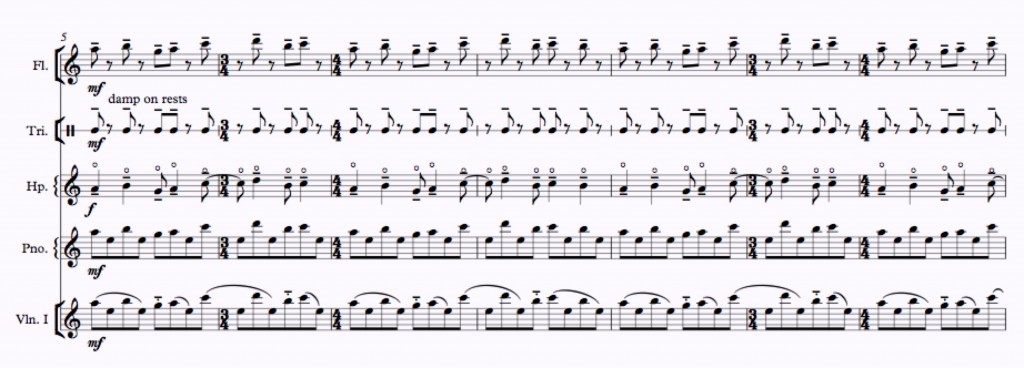
The underlying pattern is 15 beats long: 30 notes divided into 4 bars, as mentioned in yesterday’s journal. After one iteration, the texture thickens. Orchestrally, I managed this by adding a triangle dampened on rests, just as in the original; a harp tracking the pattern an octave below in harmonics, and first violins doubling the piano pattern, with flute hitting the upper notes.
After two more iterations, the original starts tracking the pattern an octave below in thirds. I gave this to the second violins and violas, doubled by clarinets. I gave the electric bass part to cellos doubled by bassoons, tracked an octave lower by pizzicato double basses. This gives the line some solidity as well as a pulse.
Then for the “orchestral hit” chord a couple of patterns later, I enlisted the as-yet unused brass section in a Am/E configuration, opening up the lower register in the trombones and timpani, but filling in the harmony with trumpets and high oboes, with a piccolo right on top. Acoustically, this gives a very close impression of the resonance of the original chord, with a bright midrange and punchy overtones.
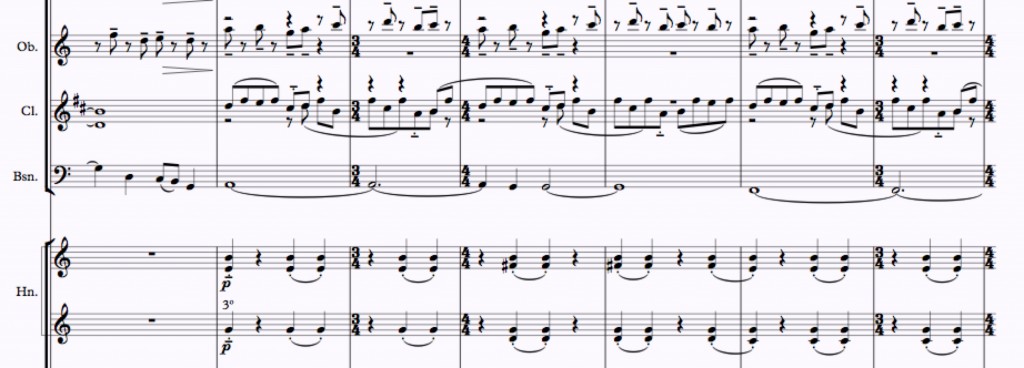
This grooves for a bit, then it’s waltz time against the pattern. I replaced the ching-ching piano chords with slurred tenuto strings doubled by non-arpeggiando harp, tracked an octave below by very soft slurred staccato horns. A little trick worth mentioning: oboes are now playing the prominent notes of the pattern, with interweaving harmony from the clarinets at the 6th and 10th. The overtones of the lower clarinet support the oboe’s timbre while harmonizing with it, mwah-haha! The grave descending bass notes are supported by trombones for a heavy but rich sound, and I also sneak tubular bells into Tubular Bells here.
There’s much more I could write here, as I was particularly pleased with how well the later parts lay across the orchestra, but I’d be sitting here all night writing out in text what it took half the day to score. So I’ll simply add a few bars I was really happy with.
At the end of the day, my MD got back to me with a very complimentary e-mail. It seems that he’s read my various blogs and so on, and wrote very optimistically about the chance for us to work together. It felt very nice to e-mail him back and let him know that the first song was already finished. Could I score the next song by Ronan Keating in one day as well? We’ll find out tomorrow!



